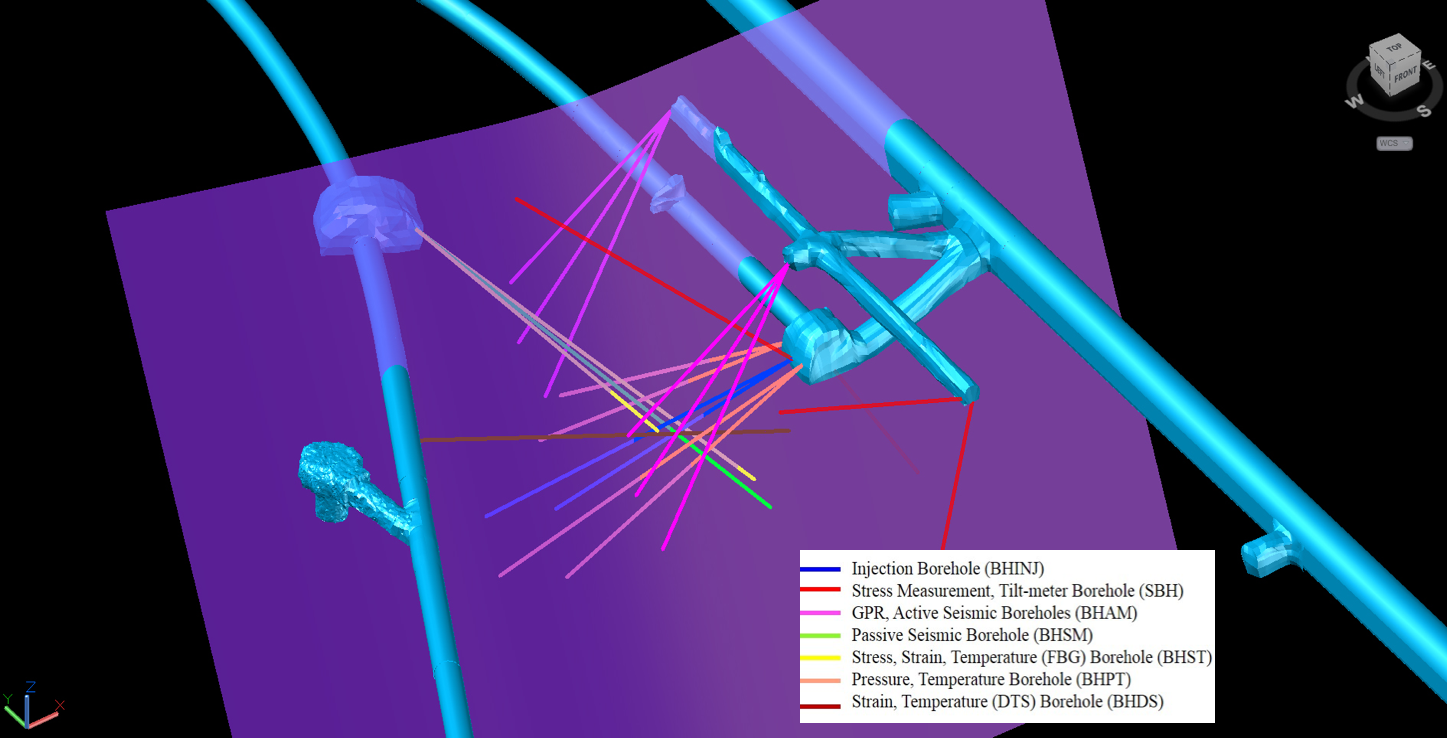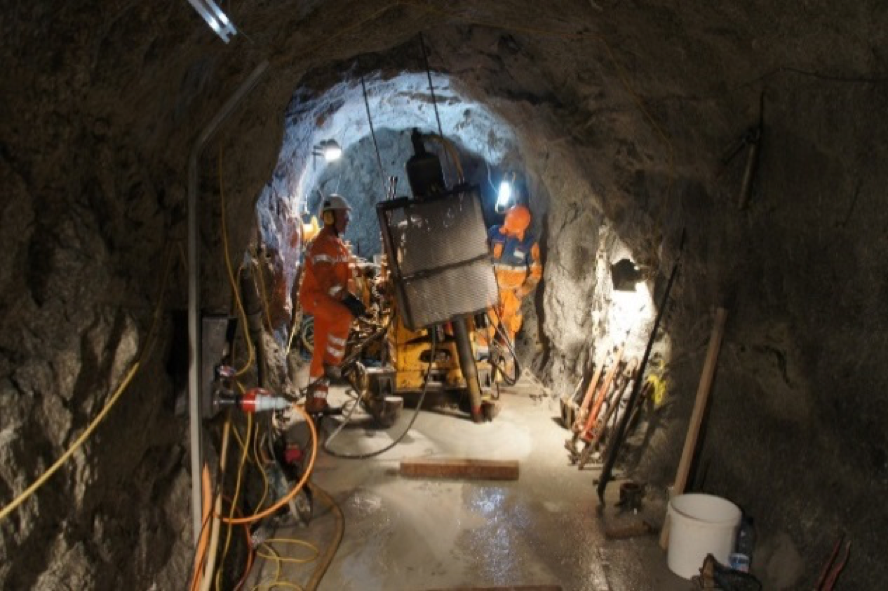Deep large-scale underground experiments for the development of Deep Geothermal Energy
Deep Geothermal Energy is a fundamental component of the Energy Strategy 2050 of Switzerland – expected to produce at least 7% of the present demand of electricity, or 4.4 TWh in 2050. To reach this target, we need to show that deep geothermal energy can be extracted safely and at competitive costs. To demonstrate this capacity, we initiated large-scale in-situ stimulation and circulation experiments in the Grimsel Test Site.
The exploitation of deep geothermal energy – with at least 500 MWe installed capacity by 2050 – is hindered by problems of resources (not enough hot water at 5 km depth), safety (induced seismicity e.g. in Basel and St. Gallen), acceptance and high costs. The main challenge is to create sustainable heat exchangers at depth, systems that will operate for 20-40 years with minimal temperature loss; deep reservoirs need to be engineered with the required permeability. Above all, the characterization of fractured rock and understanding the mechanisms of hydraulic stimulation for creation of reservoirs with the appropriate heat-exchange characteristics for geothermal heat extraction are critical for the large-scale exploitation of enhanced geothermal systems. Currently a decametre-scale In-situ Stimulation and Circulation (ISC) experiment is being performed at the NAGRA Grimsel Test Site (GTS) to address fundamental hydro-mechanical questions on the link of permeability increase, injection pressure and volume, and induced seismicity. The multi-disciplinary project is the largest and best modelled fault stimulation experiment worldwide. A second, 100m scale experiment is now being designed at depth of over 1000m, to reach conditions relevant for heat storage applications and to stimulation procedures and sustainable utilization of heat exchangers in the deep underground.
The ISC experiments conducted at the Grimsel laboratory is a pilot project of the Swiss Competence Center for Energy Research – Supply of Electricity (SCCER-SoE), lead by ETH Zurich. A dedicated group of researchers, engineers, professors and PhD students work on the various phases of this five-year program. This project is a key pillar of the national roadmap for the exploitation of Deep Geothermal Energy promoted by SCCER-SoE together with the Swiss Federal Office of Energy (FOEN) and industry.
The ESC Member involved in this project is Professor Domenico Giardini, Deputy Head of the Institute of Geophysics and Head of the external pageSwiss Competence Center for Energy Research - Supply of Electricity (SCCER-SoE)call_made.
The Institute of Geophysics at ETH Zurich performs leading research and teaching activities over a wide range of geophysical disciplines. Detailed information on research activities, teaching, people can be found in the corresponding sections.


